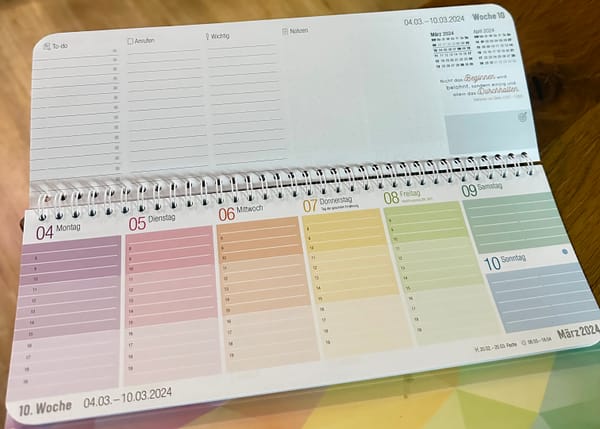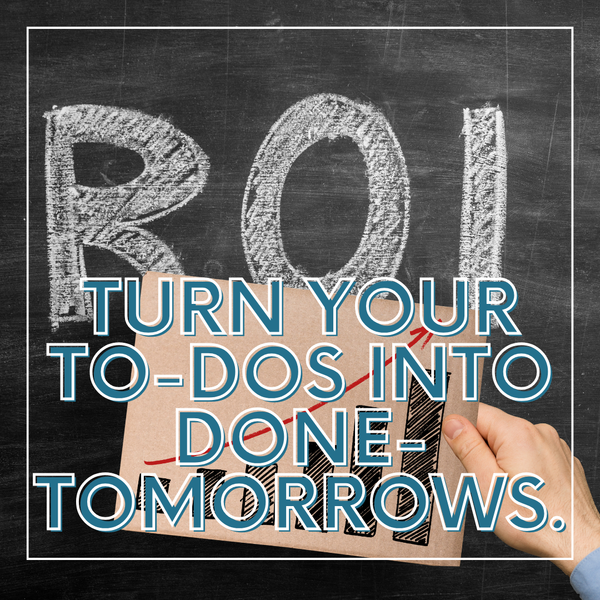Diligent Sunday Newsletter / Issue #23 about Balancing Side Hustles with a Corporate Career
Start your side hustle journey today with Diligent Sunday! Learn how to balance your corporate career with a side business for extra income. Discover the benefits of leveraging your time and creating scalable products. Take the first steps towards building your own side hustle. Start now!

Introduction
Dear Diligent Sunday Readers,
Another week has passed, and for all readers in the northern hemisphere, summer is slowly coming to an end. We have now completed 67.3% of the year and have September ahead of us. At the end of the month, the days in my latitude will be two hours shorter than they are today.
In today's Diligent Sunday issue, I want to talk to you about side hustles. The term is often overused and misleading because it sounds so much like hustle culture. But basically, it's about supplementing the unleveraged income of a corporate career with the potentially leveraged income of a business.
In this context, leverage means that while in a corporate career, you usually exchange your time (e.g., a 40-hour workweek) proportionally for a salary, in your own business, you have the chance to generate an unlimited income by creating scalable, reusable products. The idea is that you create something once with your time and then sell it multiple times. The multiplier is the leverage.
In the familiar "The Why, The How, and The What" structure of the Diligent Sunday format, I will explain below how you can start your side hustle path today.
Why is this important for you and your time mastery journey? Because you cannot leave the busyness hamster wheel if you are unclear about which meaningful activities can replace the non-essential ones. You cannot simply cut down on busyness through good time management and then hope that the freed-up time will be filled with meaningful tasks. In most cases, it is more likely that if you eliminate unnecessary busyness, new unnecessary tasks will take its place.
It is essential to have clarity about your purpose in becoming a time master. The most common reasons in my audience are the following:
- Having more time for self-care, self-realization, friends, and family (improve mental and physical health, express creativity and curiosity, spend quality time with loved ones)
- Boosting your career by focusing on essential challenges that really drive the company and its customers forward.
- Working on your own side hustle business to diversify and increase income.
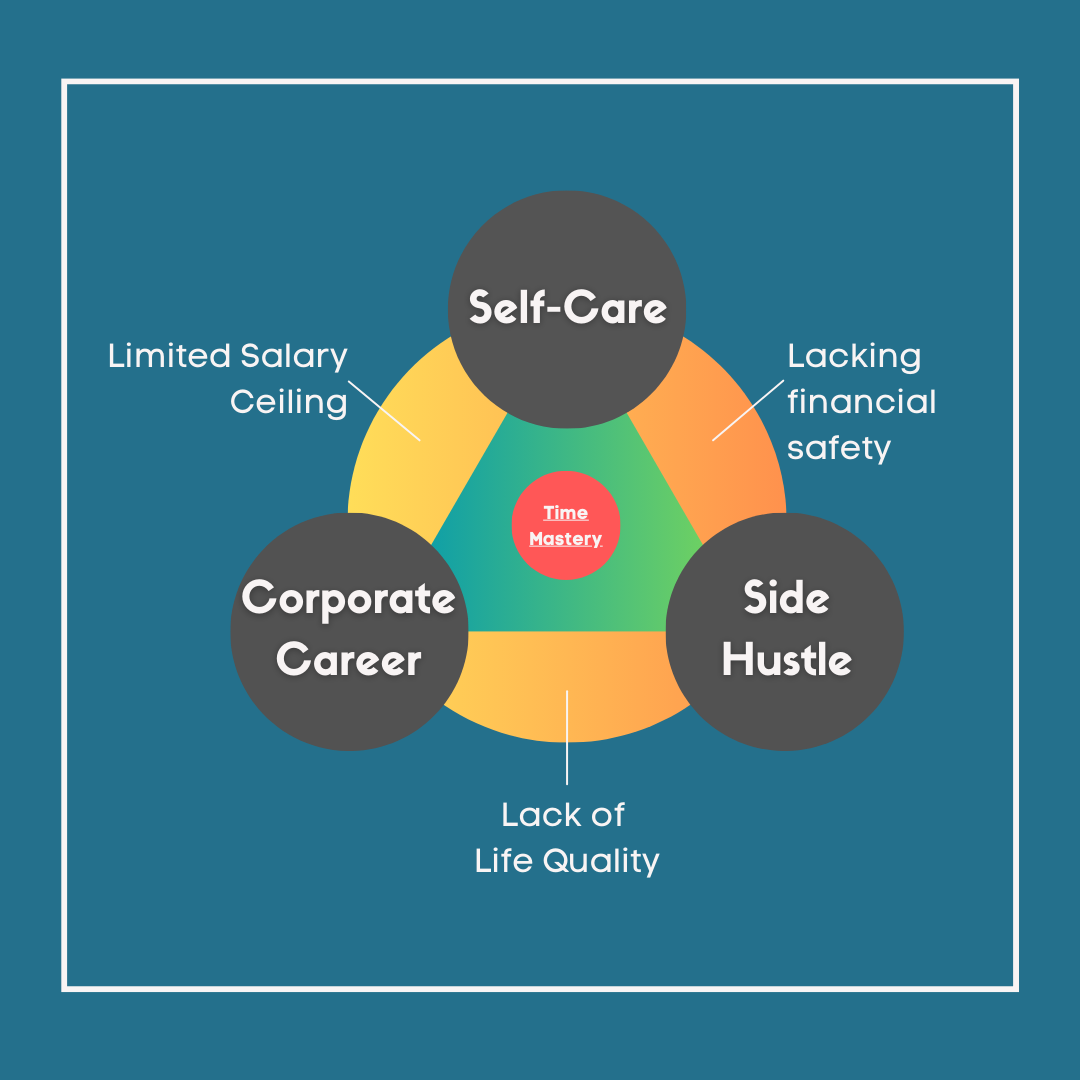
All three reasons are good reasons to get out of the busyness hamster wheel, and today, we will focus on reason number three.
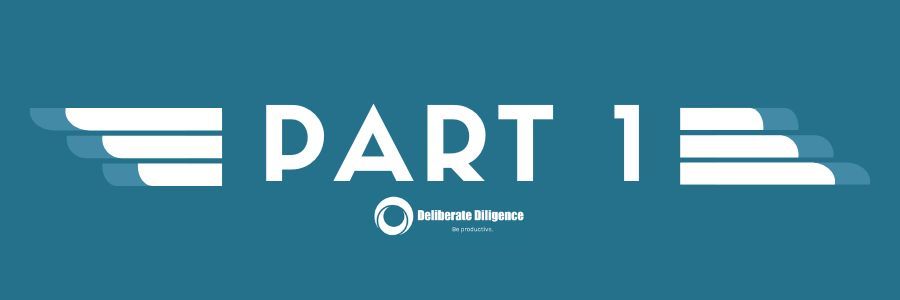
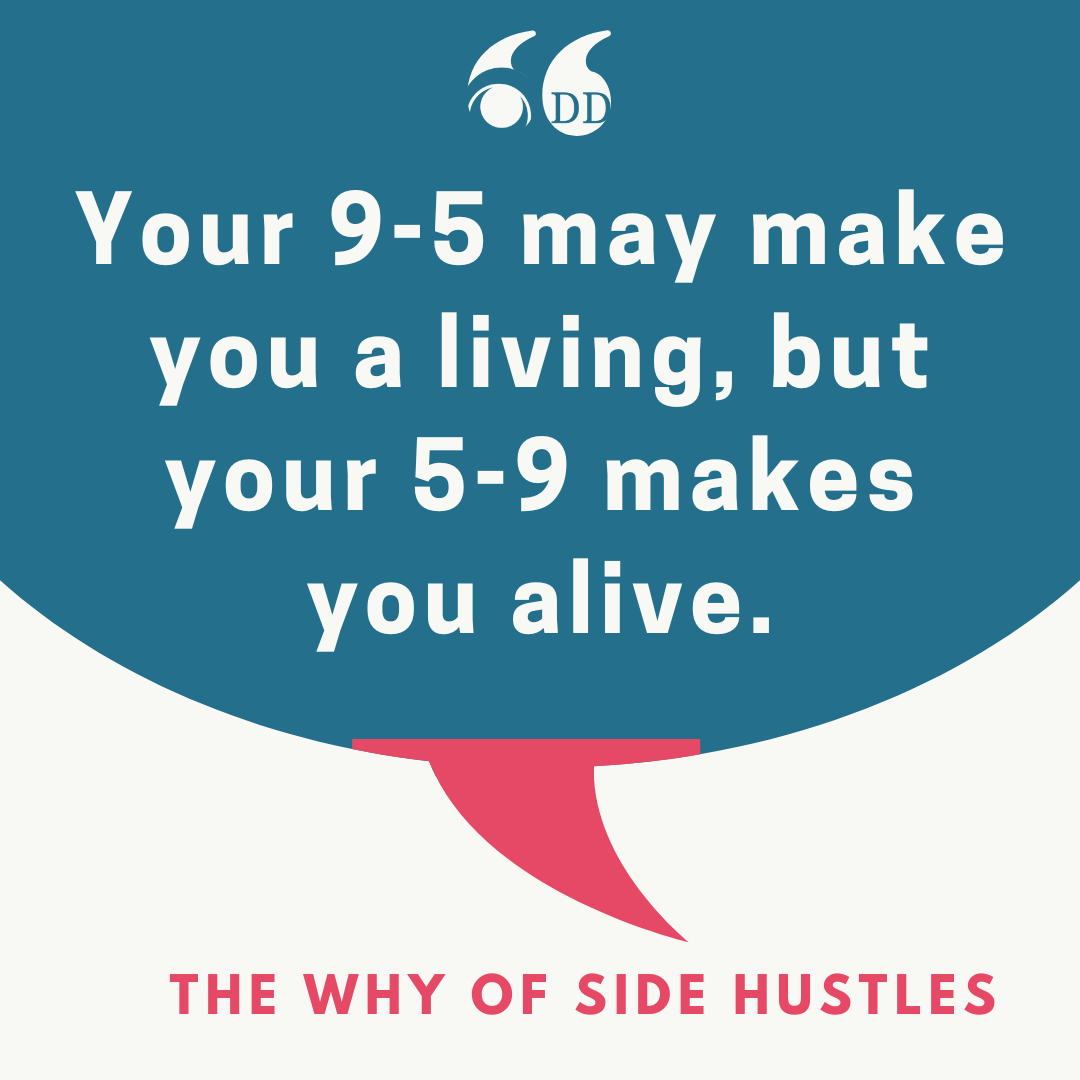
1️⃣ The Why: Why can it make sense to supplement your corporate career with a side hustle?
When you read tips and opinions about general career paths, you usually come across two schools of thought: some say that the path to owning your own business is too arduous, uncertain, and risky, and that it is better to work in a stable job.
Others say that in a corporate job, you are only trading your time for money and essentially being exploited because you are only working for the returns and agendas of others (the shareholder or the business owner), and that it is much better to build your own business.
I can see some truth in both views. The path to owning your own business is much more challenging than those who make a living from the internet would have you believe and promise. The promise is that by simply following their smart ways, you will have a five-figure monthly income in just six months. In many cases, this simply isn't possible. I hardly know any business owners, especially in content creation, who have seen real traction before 1-2 years of hard work. And there is a reason why only one in ten people is self-employed, and only half of them are truly successful: not everyone can do it.
On the other hand, the criticism of corporate jobs is also valid: you work for the returns and dividends of others, and your own performance does not usually correlate proportionally with your salary. You can achieve three times more outcomes in your 40-hour workweek than an average-performing colleague through your ambition and razor-sharp focus, but your salary will not be three times higher. Yes, your talent is recognized and valued, including monetarily, but it is not proportional to your performance.
However, if you reduce your time input, for example, by working only 4 out of 5 days, your salary will be reduced by one-fifth. These are the rules that are fine for average, unambitious workers, but they drive ambitious people crazy because they feel so unfair.
My path is a middle ground - I operate in both worlds. I consider my corporate career as the foundation of my life. It provides a reasonable basis for finances, social structure, self-realization, and learning.
On top of that, I work on my side hustle, where I control my own agenda: the more effort I put in, the more results I get. My goals, my chances, my risks. That is a fair deal, and in the best case, it allows me to increase my income significantly. In the worst case, I have at least embarked on a fantastic learning journey that I can control, which teaches me the basics of content creation, marketing, and selling.
Just think about it: imagine having an extra income of "just" €1000 per month, for example, by having 100 people each pay €10 monthly for your newsletter.
How liberating it feels to have the certainty of generating income from your own ideas. It lets you approach your career with a calmer mindset because you don't feel so dependent. And you can use the extra income to invest back into your business to amplify the leverage or enjoy a higher standard of living.
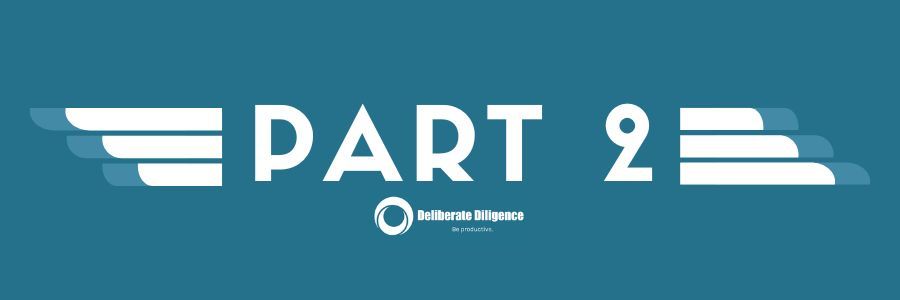
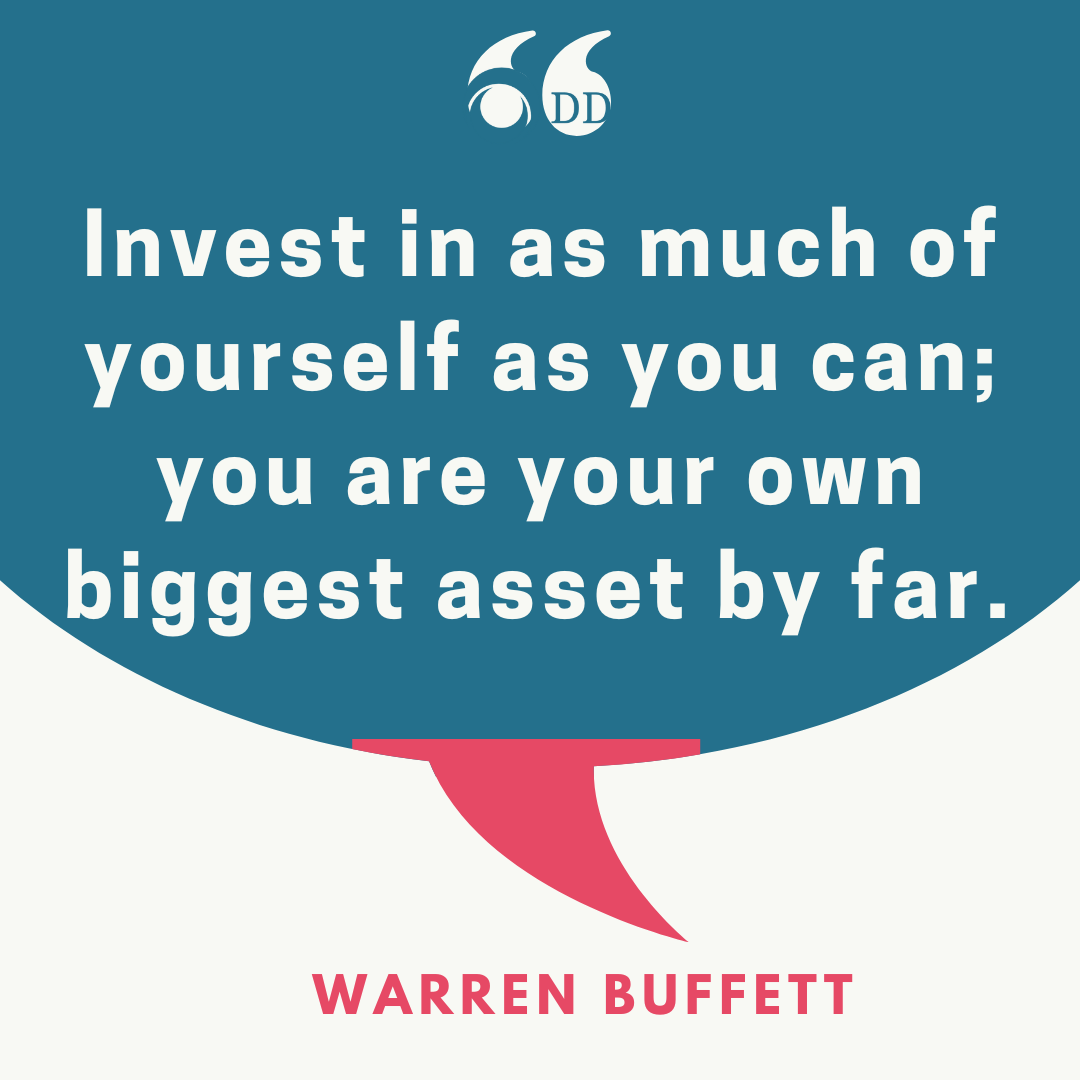
2️⃣ The How: How do you go about building your own side hustle?
I will summarize the exact first steps in the "The What" section below. But first, let's discuss some fundamental things you should consider.
Choose the right business model.
The first thing you must consider is the type of business you want to build. Not all paths are suitable for side hustles. For example, building a genuine B2B or B2C company or setting up a local physical retail store wouldn't make sense. You won't be able to manage this with the 1-3 hours you can dedicate daily, in addition to your "regular" life responsibilities.
You need to think of your business more in terms of being a digital solopreneur - your two hands should be enough to start with. This already narrows down your options significantly.
On the internet, you will come across many get-rich-quick schemes: building faceless YouTube channels (with AI), completely safe investment bets (e.g., covered call trading), real estate deals, dropshipping e-commerce, etc.
I have looked at all these paths, and I can tell you that the only people making money from them are those who want to sell you these side hustle models. Stay away from them.
But even with the legitimate solopreneurship recommendations, there is a catch. Many tutorials promote coaching and consulting as business models where you exchange time for money similar to your corporate job. This cannot be done with only 1-3 hours per day.
The path I recommend is personal branding and content creation - not an easy path, but one that doesn't rely on luck. As long as you don't give up along the way, you can very likely earn some pocket money from it.
It is an honest and simple path because you are essentially monetizing the know-how that you already possess or are willing to learn. You share it as a newsletter, a video course, an eBook, or in other ways. It can be tricky because it is much more complicated than one might think to address a real existing problem of a real existing target audience with your content and then have a solution that really works and that your target audience believes in (doubts), so that a purchase decision is made at the end of the day.
And even if you have an offer that meets these criteria, you have to use personal branding (organic marketing) and advertising (inorganic marketing) to ensure that your target audience becomes aware of it. Since there are so many content creators taking this path, you also need to find a unique and individual approach to personal branding to stand out.
This may sound like a lot of problems to solve for you right now, but I have good news. It doesn't feel like a sacrifice-worthy journey; in fact, it's fun to solve these many micro-challenges. It feels more like playing a computer game where you progress from level to level.
Why? Because it's all on your terms. No one is forcing you to do this. You have everything under control. And you don't have the pressure to be successful because your basic financial security is still guaranteed by your corporate job. You can enjoy this journey!
Choose the right direction.
For example, I chose the productivity and self-improvement niche for my content creation side hustle because it is the topic I invested the most time in, in addition to my technical skills. It is what I am passionate about. Yes, I could have started something related to AI and digitization, which would have led to a strong trend-driven growth path, especially thanks to GPT. It would have matched my skills. But here's the important thing: choose a topic that you are passionate about.
Once you have a rough direction in mind, you can simply get started, and the rest will fall into place with time and effort. You will improve your side hustle week by week until you reach a point where it "clicks" and you have all the puzzle pieces together to have a functioning sales funnel.
For example, when I started, I was creating various productivity content. It was a broad field but without real depth. It was good for learning, but it was not something tangible that an audience would really want to buy.
No one really wakes up in the morning wishing to learn about generic self-improvement and productivity tips and buy a course. There needs to be a strong and specific "why." And as a content creator, you should focus on that why, not just the productivity tips behind it. Instead of talking about the methods, talk about the purpose.
For example, for a fitness content creator, it might make sense to address men in their 20s who are desperately looking for a girlfriend. Fitness is just a means to an end, to become attractive and appealing.
For my content creation side hustle about productivity, it makes sense to be even more specific, such as focusing on time management. But even then, the question arises: for what purpose? I could simply explain the methods and talk about focus and the Pareto principle, timeboxing, etc. But would anyone buy a book about methods? I don't think so.
The solution is similar to what you are reading in this newsletter issue. Yes, I help people become time masters, but that specifically serves the purpose of helping them build and make their side hustle profitable. The extra income and the feeling of control become the desire, not just using productivity methods.
Create time for your side hustle.
Once you have chosen the personal branding and content creation business model and selected a thematic niche, it's simply about getting started and learning everything necessary along the way. But this requires that you dedicate daily time to your side hustle.
As a minimum commitment, aim for an average of 1.5 hours per day (10 hours per week). The upper limit is 3 hours per day (20 hours per week). Anything beyond that will throw your life out of balance in other areas (health, family, corporate career).
But how do you do it? One common mistake I see is trying to do the side hustle AFTER your corporate job. Unfortunately, that won't work. You will be mentally exhausted after your job, and that time should be spent on activities like sports, family, or learning.
The trick is to do the side hustle BEFORE your regular work. This allows you to maintain incredible consistency in your daily work on your side hustle and ensures that you can invest your best mental energy into it.
The deal is as follows: ideally, you exchange your evening entertainment time (Netflix, etc.) for the new morning time.
For example, I used to go to bed around midnight. From 8pm to midnight, I basically sat on the couch watching TV and using my phone. My wife did the same next to me.
Now, my wife and I go to bed at 8 pm, and we read for one hour until 9 pm, and then go to sleep. This allows us to wake up at 5 a.m. and work on our respective top challenges. My wife is preparing for an important exam, and I work on my side hustle.
By shifting from being a night owl to an early bird, I have gained three new hours in the morning that I can now dedicate to my side hustle. I can also spend another hour doing sports before my regular job starts at 9 a.m.
Try to find similar ways that work for you. Depending on your life circumstances, it can be more or less challenging.
- As a single person, you have more flexibility, and it is easier for you - you just need to adjust your habits.
- If your workday starts very early, for example, at 6 a.m., this model may not work for you, and you will have to work on your side hustle in the afternoon.
- If you are in a relationship, you can try to convince your partner to swap low-quality evening time for high-quality morning time.
- If you have children, you need to get creative. If you go to bed at the same time as your children, you should be able to gain some time due to your lower sleep requirements. Maybe you can also make a deal with your partner to alternate the morning routine with the children. This way, you can work on your side hustle every other day.
In any case, you must find a way to free up 1-3 hours in the morning for your side hustle. Otherwise, the extra income from the side hustle will remain an unrealized dream.
If you absolutely cannot find a way to free up 1-3 hours in the morning, then you should focus your energy on finding a path that allows you to do so in the future. You need to work on your context before working on the side hustle.
Show perseverance
You now have the business model, your niche, and allocated time. Now it's time to practice your new lifestyle and try to stay on track. It requires perseverance.
In terms of managing your expectations, you should consider the following timeframes as a benchmark:
- In 4 weeks, your new daily routine will feel "normal."
- In 3 months, you will notice your personal branding gaining awareness. People will interact with you and your topics. You will have conversations and start to gain fans.
- In 9 months, you will feel more established in personal branding. You will generate a lot of awareness and will then focus more on offering suitable products and building a sales funnel.
- In 12 months, you will start making your first sales.
- In 15-24 months, you will have found a repeatable system that generates revenue. You will reach your first monthly recurring revenue (MRR) goals, e.g., €1000 per month, and continue to optimize the system to increase revenues step by step.
This timeline can be expedited or extended depending on how consistently you work on your side hustle.
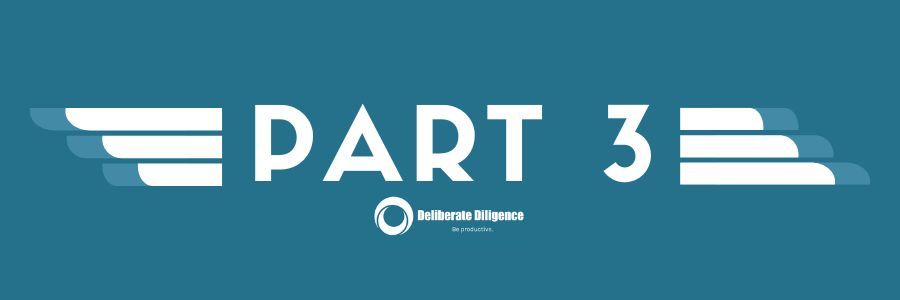
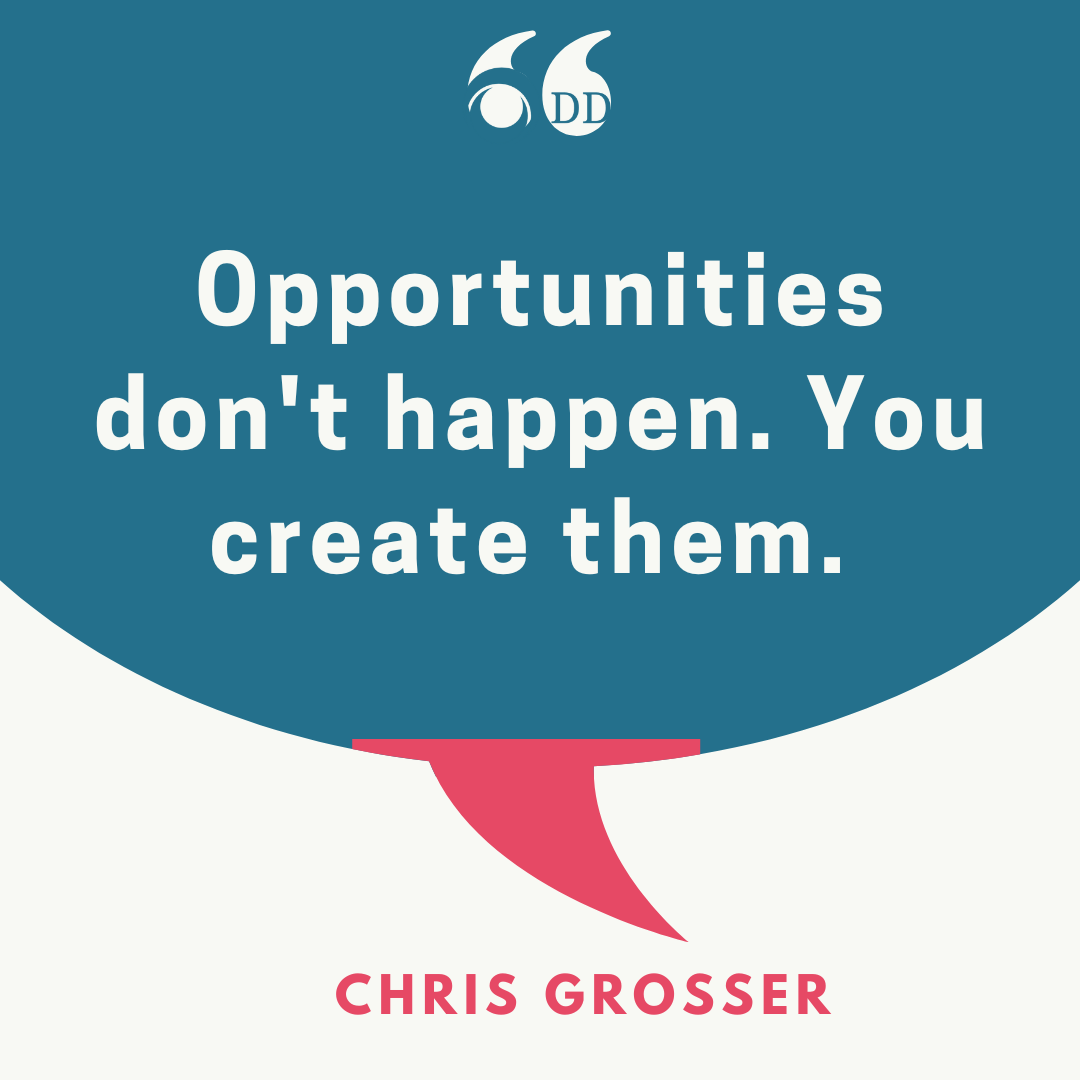
3️⃣ The What: The exact first steps
Now, let's turn this into actionable steps that will help make progress during the first few weeks.
Step 1: Hell yes or hell no?
Ask yourself whether you want to try this personal branding and content creation path for a few weeks or not. Take the leap of faith - today!
Step 2: Choose a niche.
Think about topics you have encountered in the past decade that meet the following criteria when you reflect on them:
- You are passionate about the topic.
- You have expertise in the topic or are willing to learn.
- There is an interest from other people in this topic.
Take a sheet of paper and brainstorm your ideas. Cross out the ideas that lead you to dead ends. Get inspired by what other content creators are doing by looking at the rankings on https://www.favikon.com/.
Step 3: Specify the exact sub-genre of your niche.
A trick to making your niche unique is to find two modifying nouns that make your niche noun more specific.
Example 1:
- Productivity - too generic!
- Productivity for corporate workers - better.
- Productivity for corporate workers to build a side hustle - perfect
- (There could be even more): Productivity for corporate workers to build a side hustle despite parenthood - that really addresses the desires and doubts of a typical audience
Example 2:
- Marketing
- Marketing for solopreneurs
- Marketing for solopreneurs making their first €1000 MRR and now wanting to scale to €5000 by optimizing their existing offer to perfection.
Write down 5 such 3-noun pairs on your paper:
- Fitness for office workers who want to stay fit without a gym.
- Nutrition for vegetarians who want to build muscles without consuming animal products.
- Finance for young adults who want to retire early by investing in real estate.
- Travel for solo travelers who want to explore the world on a limited budget by staying in hostels and using public transportation.
- Education for working mothers who want to earn a college degree while raising their children.
From the 5 pairs you wrote down, cross out 4 step by step until only one is left.
Does this one feel right? If yes, you can proceed. If not, let it sink in for a week. Ponder about it during walks. It's possible that the right answer will come to you unexpectedly through lateral thinking, and then you can continue with step 4.
Step 4: Conceptualize the first product to launch with.
Many traditional content creators and personal branding tips would advise against thinking about products at this stage and recommend working on your personal brand for at least a year or so. Just starting with posting on social media to build an audience.
That is true in the sense that it would be a mistake to promote only your own offer from day 1. You lack the authority and reach to effectively do that.
However, I have also found that personal branding efforts are very shallow and ineffective if you don't have a concept in mind of how you eventually want to monetize the help you provide.
Only then will you find your "red thread." Of course, this product idea can change and be fine-tuned from month to month, but you need an idea in your head.
- Identify your target audience: Who will benefit the most from your offering or who would use it the most? Define your audience as specifically as possible - the more precise, the better.
- Understand their pain: Find out what specific problem or needs your target audience has that you can address with your side hustle. This could be determined through market research, customer surveys, or simply your own experience and intuition.
- Define how your offering addresses this pain: Describe exactly how your product or service solves the problem or fulfills the need of your target audience. Try to be specific and concrete, using clear and simple language.
- Differentiate yourself from the competition: Consider what sets you and your offering apart from others in the market. Do you have a unique angle on the topic? An extraordinary core idea?
- Sum it up in one sentence: Try to summarize all these points in a single, clear, and compelling statement. Use it whenever you talk about your side hustle.
- Review and refine your sentence: Once you have a first draft of your value proposition, check if it is clear, specific, differentiating, and capable of capturing your audience's interest.
Formulate your value proposition (your unique selling proposition) based on the following template:
"I help [your target audience] so they can [solve their problem], by [how you solve the problem]. This sets me apart from others because [your unique selling point]."
Examples:
- "I help working mothers find a healthy work-life balance by offering simple actionable self-care tips and stress management strategies. This sets me apart from others because my tips are based on years of experience as a working mother and certified wellness consultant."
- "I help local business owners amplify their online presence by providing SEO-optimized web content and social media management. This sets me apart from others because I specialize in local SEO and understand the specific needs of small businesses."
- "I help people with type 2 diabetes optimize their nutrition by offering individual meal plans and lifestyle advice. This sets me apart from others because I am a diabetic myself and understand firsthand the challenges of this condition."
- "I help startups implement sustainable business practices by leveraging my expertise as an environmental scientist and entrepreneur. This sets me apart from others because I have both in-depth knowledge of environmental issues and practical experience in business management."
- "I help beginners learn the Python programming language through online tutorials and personal mentoring. This sets me apart from others because I offer a combination of structured learning materials and personal guidance to help my students make rapid progress."
Step 5: Start personal branding by commenting on LinkedIn
Now that you have a product idea for your modified niche, you can start with personal branding. That means not directly developing your product but writing daily social media posts highlighting your value proposition from various angles.
For example, describe the problem in a way that resonates with other users. Outline your solution ideas as a 10-step guide. Share your opinions on typical mistakes, etc.
At the beginning, I made the mistake of being on too many platforms. I set up my blog, was on Twitter, Instagram, LinkedIn, and TikTok. The many platforms diluted my attention.
Here's my best practice – Just go with LinkedIn
- Use your existing LinkedIn profile or create a new profile if you're not confident about using your current profile for this experiment. Use your real name. Anonymity doesn't work on LinkedIn. Why specifically this platform? It is the only text-content platform that currently works for newcomers. On Twitter, you can post high-quality content for months and still only get 100-200 followers - it's a waste of time. The market is already occupied, and the overall audience doesn't grow significantly while LinkedIn is still on a growth path. The cake is getting bigger and bigger.
- Use your value proposition to formulate a good tagline for your profile. Look at how others use their taglines, and you will understand how to formulate yours. Alternatively, you can ask ChatGPT to generate a tagline suggestion based on your value proposition.
- Have a good professional profile picture. Either you already have one, or you can ask an AI to generate one for you. In the app store, for example, you can find the app "Remini" where you can have various professional profile pictures generated based on 12 selfies for about 4-5 euros.
- For the first 7 days, do not post yourself, but search for creators in the same niche as you based on relevant keywords. Follow them and comment daily on their posts. Try to write around 20 comments per day. Keep in mind that each comment should have value. So, don't just write "Awesome post!" but add your experiences, learnings, opinions, etc. This allows you to get a feel for the niche and learn how others write their posts.
Step 6: Start posting on LinkedIn yourself.
After 7 days of posting 20 comments each day, you should have a sense of the platform, its people, etiquette, and content.
Now you can start posting yourself.
Use the following ChatGPT prompt, which I learned from Justin Welsh, if you need ideas (of course, you have to adapt it to your value proposition):
I need your help to generate content ideas. I'm building a marketing agency for ambitious corporate knowledge workers, writing daily content on both LinkedIn and Twitter for ambitious individuals who feel overwhelmed.
The goal of my content is to educate them about how to transform their time management from busyness to effectiveness. This will give them back more time so that they can lead a more fulfilled life. To generate ideas, I want you to imagine a "Content matrix" table.
In this table, the X axis contains types of content, meaning ways to expand on a topic. The Y axis contains content topics to be matched with the X axis.
The X-axis has these content types, formatted like this: [NAME] (explanation on how to use it)
1. [Actionable] (Ultra-specific guide teaching readers HOW to do something)
2. [Motivational] (Inspirational personal or industry stories about people who did something extraordinary)
3. [Contrarian] (Go against the common advice and say something contrarian to the common beliefs on the topic, and explain why)
4. [Observation] (Observe a hidden, secret, or silent but IMPORTANT trend in the topic/industry)
5. [Prediction] (Compare the status quo with a prediction about the future, and explain to the reader why that is)
[Y AXIS]
The Y axis contains 5 topics I often talk about:
- Time Management
- Focus
- Morning Routine
- Pareto
- Busyness Hamsterwheel
But you should write your posts yourself. The content generated by ChatGPT is too generic and would not resonate with your audience.
However, you can use ChatGPT for proofreading and editing, for example:
Proofread my writing below. Fix grammar and spelling mistakes. Improve the clarity of my writing. Write in simple English (UK) and translate the text if necessary. Aim for a 7th-grade reading level. Just write the answer and avoid all other comments.
Understood? Now ask me for my input.
Or you can play with prompts like this to learn different language styles:
Make my copywriting totally clear, with short and straightforward sentences, and limit paragraphs to 3 to 5 sentences. Put this in a copywriting format like Justin Welsh would write it:
Step 7: Set an engagement flywheel in motion.
It is essential for you to know that you should not just see LinkedIn as a storefront for your content. It's called "social media" for a reason. If you only post your content, you won't get any comments, likes, or followers as a newcomer.
Therefore, before and after posting your own content, make sure to comment on 10-15 posts from others so that they take a look at your profile and comment back on your posts.
Also, get in the habit of not only responding to comments in your posts but also going to the profiles of those who commented and leaving comments on their posts, too.
This way, friendships are formed, and people will regularly comment on your posts. I myself now sometimes have 80 to 100 comments on my posts.
This engagement doesn't generate revenue yet, but it ensures that people notice you, and the social proof gives the impression that you know what you're talking about.
Step 8: Stay calm and consistent
Many content creators burn out when trying to set the flywheel in motion. They force themselves to post daily and comment daily in pursuit of perfection. The joyful learning journey turns into a chore.
The reason is that they are constantly told that consistency is key. This is misunderstood: consistency doesn't mean posting daily, but consistently delivering high-quality content.
Instead of leaving bad posts and comments, it's better to do nothing and wait for a better moment.
This is not a sprint, it's a long-distance run. If you're feeling tired or lacking creativity, it's better to take a break. It's not a big deal if you don't comment or post for a day.
I have reduced my posting schedule to every two days myself, as I realized that commenting was taking too much time and my quality was suffering. Nothing bad happened as a result - the growth continues.
Keep your calm, and everything will be fine!
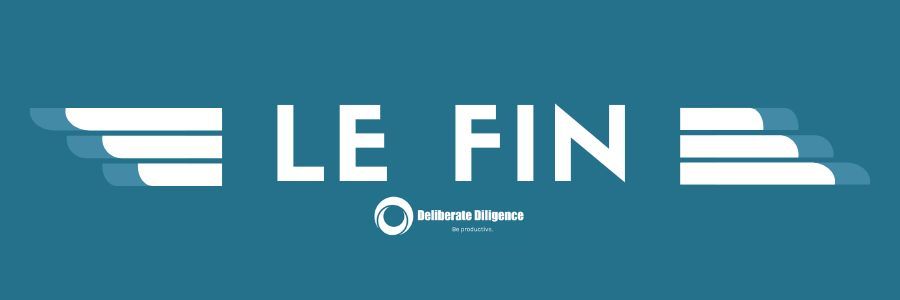
Conclusion
With these 8 steps, you should be occupied for some time, so I will conclude this newsletter for now.
Feel free to reach out to me via email or DM on LinkedIn if you have an idea for your side hustle and want a second pair of eyes for advice. Let's chat about your idea.
I will describe how to proceed once your personal branding gains traction in future newsletter issues.
In the meantime, I wish you an excellent and productive start to the week and to your side hustle!
Best regards,
-- Martin



